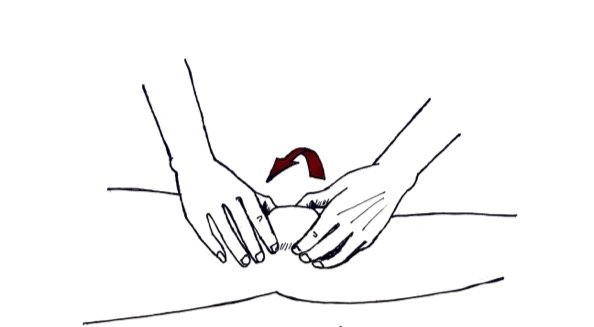Common Pain Syndromes:
A NEW APPROACH
Joe Cheung’s book provides a synopsis of common pain syndromes, their diagnostic features, and conventional Western medical management.
Secondly, it emphasises myofascial trigger points' important role in various pain syndromes and how to palpate for them. Lastly, it introduces a relatively new, 50-year-old modality, Yamamoto New Scalp Acupuncture (YNSA), to treat trigger points.
The book illustrates these ideas with more than 175 drawings and includes 35 case studies of different pain syndromes.
These case studies illustrate the process of history taking, investigations, diagnosis, and treatment, employing conventional Western medical treatments and acupuncture.
Table of Contents
Sample 1 from the Book: PATELLOFEMORAL PAIN SYNDROME (PFPS)
PFPS is also known as anterior knee pain syndrome, patella instability syndrome, patellar maltracking, chondromalacia (sick cartilage) of the knee or runner’s knee. As the names imply, it is a knee pain caused by malaligned patellar frictional movements. It is important to diagnose and treat PFPS as it is not a simple, self-limiting condition, with more than 50% of individuals describing chronic pain. Incidence is reported to be between 3–6% of the population and accounts for 25– 40% of all knee problems. It is more common in women.
The symptom of PFPS is anterior knee pain, which increases when the knee is in flexion during weight-bearing activities. For example, going up and down stairs, squatting, prolonged sitting and running.
The Q angle is the angle formed between a line from the anterior superior iliac spine to the centre of the patella and the line drawn between the centre of the patella and the tibial tubercle. Normal is 14 degrees in men and 17 degrees in women; and an increase in the Q angle is considered a significant risk in PFPS. In a metanalysis, the presence of pain on squatting is the most sensitive examination finding for PFPS, with a positive Tilt test having the highest positive likelihood ratio of 5.4.
Like a lot of MSK conditions, a cluster of positive tests rather than one test would be needed to make a diagnosis. Some useful tests are tenderness on applying pressure on the patellar facets, J-sign on knee extension, the Clarke’s test, and pain during squatting and climbing stairs.
Q Angle
Tilt Test – The lateral edge of the patella lifting >15 degrees is positive.
J-sign – On extension from a flexed knee, the patella moves like the letter J.
Clarke’s Test – Push downwards above the patella and push on the patella laterally, then ask patient to contract the quads. If they are unable to do so or it is painful, the test is positive.
Sample 2 from the Book: POSITION OF THE PATIENT AND EXAMINER WHEN PALPATING THE SHOULDER AND NECK REGIONS
Support the head with one hand and palpate with the other
Palpation techniques – the patient has to lie prone in order to palpate the latissimus dorsi, some massage oil or soluble bath oil is needed for better sensitivity in palpation.
Sample 3 from the Book: YNSA Diagrams
The location of active points in the K somatotopes are highly proportional to the anatomical sites of the TrPs
TrPs treatment for Case Study 24 (J Somatotope)
TrPs treatment for Case Study 24 (K Somatotope)
Sample 4 from the Book: THE STERNOCLEIDOMASTOID AND ITS Trigger Points (TrPs)
Palpation diagram for the sternocleidomastoid TrPs
Sternocleidomastoid TrPs and their referred pain pattern
X = TrPs
Red area = the referred pain
Contact
To get in touch please fill out the contact form provided





























